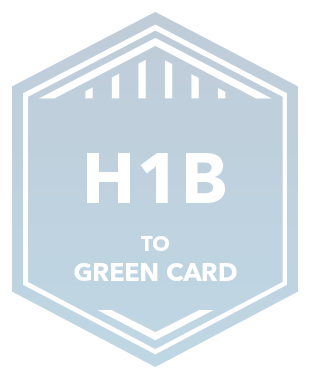The H1B to Green Card is a 3-part process.
Part 1 – PERM with the US Department of Labor:
When you start the PERM Labor Certification process our immigration attorney will first seek a Prevailing Wage Determination (PWD) from the US Department of Labor (DOL). We outline for the DOL the desired job position of the H1B worker, including the job requirements and job duties. With this information, DOL issues a PWD which establishes the minimum salary for the job. The next step is for the employer to follow an established recruitment process in search of a US worker for the job. The purpose of the recruitment is to determine if there is a US worker who is qualified, willing and available to fill the position. Should no US worker meeting the required criteria turn up, then the DOL will certify, using the ETA Form 9089, that making the H1B worker a permanent resident will not hurt the US labor market.
Part 2 – i-140 Application with USCIS:
Once the immigration attorney receives notice that the PERM Labor Certification is approved (ETA Form 9089), the employer must use Form i-140 to ask USCIS for a Green Card for the H1B worker. In other words, this is the part of the application where the employer requests that the employee be granted a Green Card. USCIS uses the i-140 to verify that the employer can afford to pay the H1B worker the prevailing wage established by DOL in Part 1 above.
Part 3 – i-485 Application with USCIS:
This is the last step of the H1B to Green Card application process. The i-485 is the application the H1B worker will use to personally apply for adjustment of status, i.e., apply for a Green Card. During this part, the immediate family members, if any, of the H1B worker will also apply for their Green Card. Upon approval of the i-485, the Green Card will be issued.


